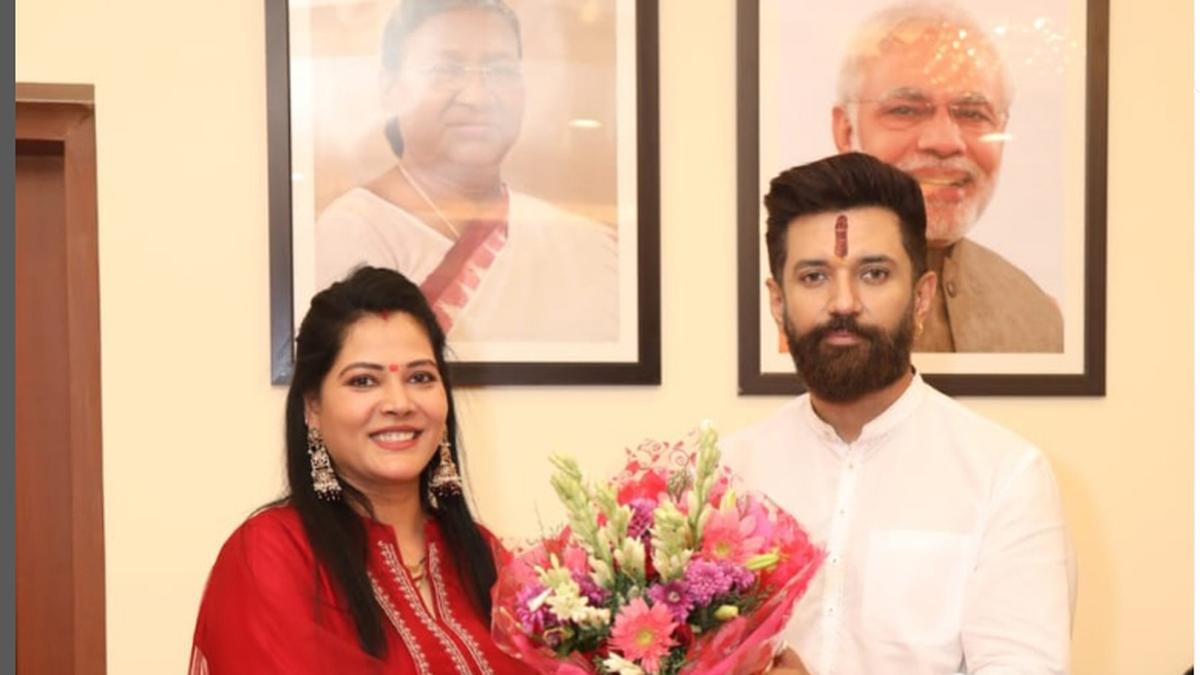The story so far: The Indian government framed the visit by Acting Foreign Minister of Afghanistan, Amir Khan Muttaqi, and the warm welcome it extended to the Taliban leader, as an outreach to the “people of Afghanistan”. The visit coincided with violent clashes on the Afghanistan-Pakistan border.
How has India grown links with the Taliban?
After years of being seen as “too slow” to engage with the Taliban, the government has gone to considerable lengths in recent months to build ties with the group that controls Afghanistan. In January this year, Foreign Secretary Vikram Misri made the first such contact, meeting Mr. Muttaqi in Dubai, and discussed increasing trade between both countries. On May 16, just days after the India-Pakistan conflict ended in a ceasefire, External Affairs Minister S. Jaishankar spoke to Mr. Muttaqi over the telephone, thanking Afghanistan for its support and condolences over the Pahalgam terror attack. In August, India approached the UN Security Council to request permission from its Sanctions Committee for a visit by the Taliban FM to India. Mr. Muttaqi is on the UNSC’s consolidated sanctions list since January 2001, and requires a waiver to travel internationally. The request was denied, but when the request was repeated a month later, it came through, allowing the visit from October 9 to 16. India doesn’t recognise the “Islamic Emirate of Afghanistan”, as the Taliban that took control of Kabul in 2021 renamed it. Even so, Mr. Jaishankar met Mr. Muttaqi with full protocol and held delegation-level meetings with him at the official venue, Hyderabad House, and the visitor was accorded security and hospitality any other foreign minister would receive.
Also read | The next steps for Afghanistan after the New Delhi visit
What transpired during the talks?
During the talks, Mr. Jaishankar announced India’s plans to upgrade its technical mission in Kabul to an embassy, and is expected to appoint diplomats to be posted there shortly. He also handed over the keys to 20 ambulances being donated to Afghanistan, and promised health infrastructure projects, water projects and humanitarian aid. For its part, the Afghan side joined India in condemning terrorism in the region and committed that it would not allow Afghan soil to be used by groups inimical to India. In 2022, UN reports said Jaish-e-Mohammad and Lashkar-e-Taiba maintained camps in Eastern Afghan provinces.
In Focus podcast | What’s driving India’s renewed engagement with the Afghan Taliban regime?
Why has cooperation been enhanced?
Mr. Muttaqi’s visit began just as clashes broke out between Pakistan and Afghanistan. Pakistan launched airstrikes on Kabul in retaliation for terror attacks by the Tehreek-e-Taliban Pakistan (TTP) that Pakistan claims is sheltered by the Taliban. The timing suggests India is getting closer to its “enemy’s enemy” in an effort to upset Pakistan with a pincer movement months after Operation Sindoor, but there are many other reasons for such an outreach. The first is to neutralise any threat from the Taliban in an increasingly volatile neighbourhood, with governments losing power to protesters; India losing stable partners in South Asia; and China making inroads. Another reason is to build connectivity for trade as land routes are closed. Pakistan refuses to allow transit trade, and the U.S. has now re-imposed sanctions for projects at Iran’s Chabahar port, which was being developed by India as an alternate route. In the broader Eurasian region, Russia has officially recognised the Taliban government, the first country to do so, and others like China, Pakistan, Iran, Gulf and the Central Asian states, that have already allowed Taliban embassies, could follow. India cannot afford to be cut out. India has also maintained that working with the regime in power is the only way for it to continue its humanitarian aid to Afghan men and women, and to secure more than $3 billion in investments that it made between 2001-2021, when the Taliban was out of power. Four years since it took over, the Taliban regime appears stable, with little political or insurgent opposition to its control of the country, and has been able to impose a very strict form of the Islamic Sharia law, that prohibits women from education, work, forces them into burkhas, and bans them from public parks and buildings. Despite the situation, Mr. Jaishankar’s opening remarks and the joint statement contained no mention of the restrictions on women, another indicator that New Delhi has decided that the Taliban is here to stay for the foreseeable future.
Editorial | Talking to Taliban: On India-Afghanistan ties
Is India preparing to recognise the Taliban?
The rapid growth of Delhi’s ties with the Taliban, and the setting up of an embassy in Kabul, have raised speculation that India could, like Russia, break with the UN and western countries to give recognition to the Taliban government. This may seem unlikely soon, but much will depend on the next steps New Delhi takes, and the seniority level at which it establishes the embassy. Mr. Muttaqi said once Indian diplomats are sent to Kabul, he expects India to receive Taliban-appointed diplomats in Delhi. This will be significant, as thus far the Afghanistan embassy in Delhi has remained loyal to the previous democratically-elected Islamic Republic of Afghanistan government. As a result, they resisted Mr. Muttaqi’s visit to the embassy, and at the two press conferences he held there, tried unsuccessfully, to stop the Taliban delegation from placing the black and white flags of the Emirate there. The black, green and red tricolour of the Republic is still hoisted at the front of the embassy for now, but India’s decision to upgrade missions has cast a cloud over its future and that of the staff members there, who now fear for their lives. The Ministry of External Affairs did not protest when Mr. Muttaqi held a press conference on October 10, inviting nearly 20 journalists, all male, to the embassy. However, after public outrage, the Taliban delegation held a second press conference, inviting all journalists without restrictions. There, they faced hard questions on the condition of women, although Mr. Muttaqi maintained that women were “free” and girls were receiving an education in religious madrassas, statements which are clearly untrue.

Can a Taliban led-Afghanistan go from being India’s enemy’s enemy and become a friend?
India has much to gain from a friendly government in Kabul, with influence based on its historic friendship with the Afghan people during the 2001-2021 period. India was Afghanistan’s first strategic partner; built an air corridor to increase bilateral trade; and worked on a number of development and infrastructure projects there. While the Taliban’s current conflict with Pakistan will only enhance New Delhi’s role, it must be remembered that the Taliban in power now have had very close ties with Pakistan’s military in the past. In addition, the Taliban leadership in Kabul and Kandahar have differences, and as Afghanistan’s economy continues to suffer, they may face challenges to the regime’s control. For India, building a tactical relationship with Kabul is vital, but a friendship based on shared values and common worldviews seem impossible at present.

 6 hours ago
4
6 hours ago
4









 English (US) ·
English (US) ·